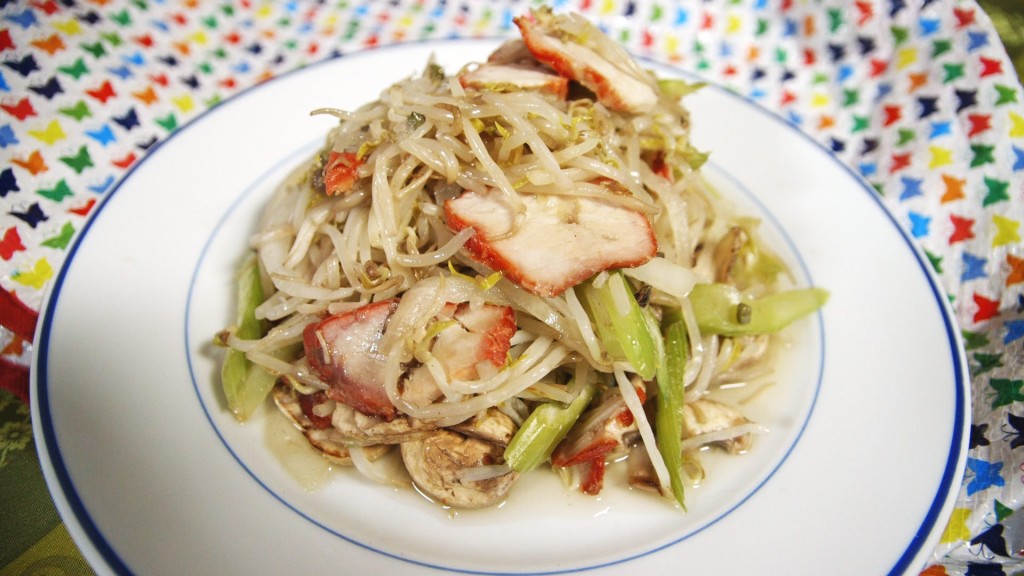Chop Suey
From: CantoneseSee more Tidbits


Chop Suey
Chop suey is widely believed to have been invented in America by Chinese Americans, but the anthropologist E.N. Anderson concludes that the dish is based on tsap seui (“miscellaneous leftovers”), common in Taishan , a county in Guangdong (Canton) Province. This “became the infamous ‘chop suey’ … in the western world, but it began life as a good if humble dish among the specialist vegetable farmers of the area. At the end of the day, they would stir-fry the small shoots, thinnings, and unsold vegetables.”
The long list of colorful and conflicting stories about the origin of chop suey is, in the words of the food historian Alan Davidson, “a prime example of culinary mythology” and typical of popular foods.
One account claims that it was invented by Chinese American cooks working on the transcontinental railroad in the 19th century. Another tale is that it was created during Qingk Dynasty premier Li Hongzhang’s visit to the United States in 1896 by his chef, who tried to create a meal suitable for both Chinese and American palates.
Yet another myth is that, in the 1860s, a Chinese restaurant cook in San Francisco was forced to serve something to drunken miners after hours, when he had no fresh food. To avoid a beating, the cook threw leftovers in a wok and served the miners who loved it and asked what dish is this—he replied Chopped Sui. There is no good evidence for any of these stories.
In earlier periods of Chinese history, “chop suey” or “shap sui” in Cantonese, and “za sui“, in Mandarin, has the different meaning of cooked animal offal or entrails.
